Many believe that a recent executive order from President Donald Trump is threatening to upend the landscape of American public broadcasting. The late-night directive calls on the Corporation for Public Broadcasting (CPB) to halt federal funding for NPR and PBS, accusing both outlets of ideological bias.
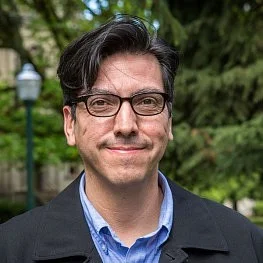
While legal experts question whether the president has the authority to issue such an order, the potential ramifications are already drawing national attention — especially in rural communities where public media often serves as a primary source of local news.
To better understand what’s at stake, Wyoming Star spoke with Christopher Chávez, Professor of Advertising at the University of Oregon and an expert in media policy and the structure of public broadcasting.
WS: How might this executive order affect local public radio and television stations, especially in rural areas that rely heavily on federal funding?
While local stations still rely heavily on support from listeners and some corporate donations, they also receive funds from the CPB, which itself is supported by federal allocations. Local stations are, under the best circumstances, underfunded and underresourced, which limits their ability to produce local news.
Further cuts would undermine their goal of reflecting the diverse experiences of the nation.
WS:What are the implications of this order on the journalistic independence of public broadcasters?
The architects from public media had designed the system so that news organizations like NPR would be buffered from influence from both the state and the marketplace. This vision was never fully achieved. If NPR has to pivot more toward private donations and corporate subsidies, there is potential it becomes more of a commercial news organization rather than a public good.
WS: Have there been previous instances where federal funding for public media was significantly reduced or threatened? What were the outcomes?
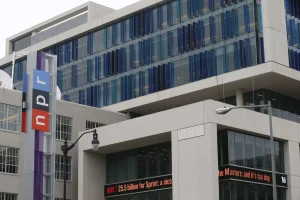
Yes, NPR has always been threatened. The source of this threat has been based on the presumption that NPR is a liberal organization, which has been a constant source of anxiety. The most public battle was during the Reagan administration, which actively sought to wean NPR off of federal dollars.
This started a chain of events that resulted in a financial crisis that almost bankrupted the organization.
WS: How valid are the claims of political bias in NPR and PBS programming, and how have these organizations addressed such concerns?
There is a narrative that NPR is a liberal organization, but the same can be said of all large news organizations (with some notable exceptions), which are believed to have a liberal slant. NPR has news guidelines and ethical standards, which try to steer the organization toward balance and objectivity.
I believe that the constant accusation of bias has caused the organization to act more conservatively rather than transformatively.
WS: What does this move signal about the future of public broadcasting in the US, and what alternatives might exist to ensure its sustainability?
I think it will accelerate what is already happening. Specifically, the move toward more commercialized practices. At this point, the line between public and commercial media has been diminished. NPR acts in a lot of ways like a commercial news organization. Conversely, commercial news organizations are acting more like NPR, by entering the audio storytelling realm.
Editor’s Note:
As the political debate intensifies, public broadcasters find themselves at a critical juncture. While the executive order may face legal challenges, its symbolic impact — and the funding uncertainty it creates — could reshape how public media operates for years to come. In places like Wyoming, where public stations often serve as essential information lifelines, the stakes could not be higher.

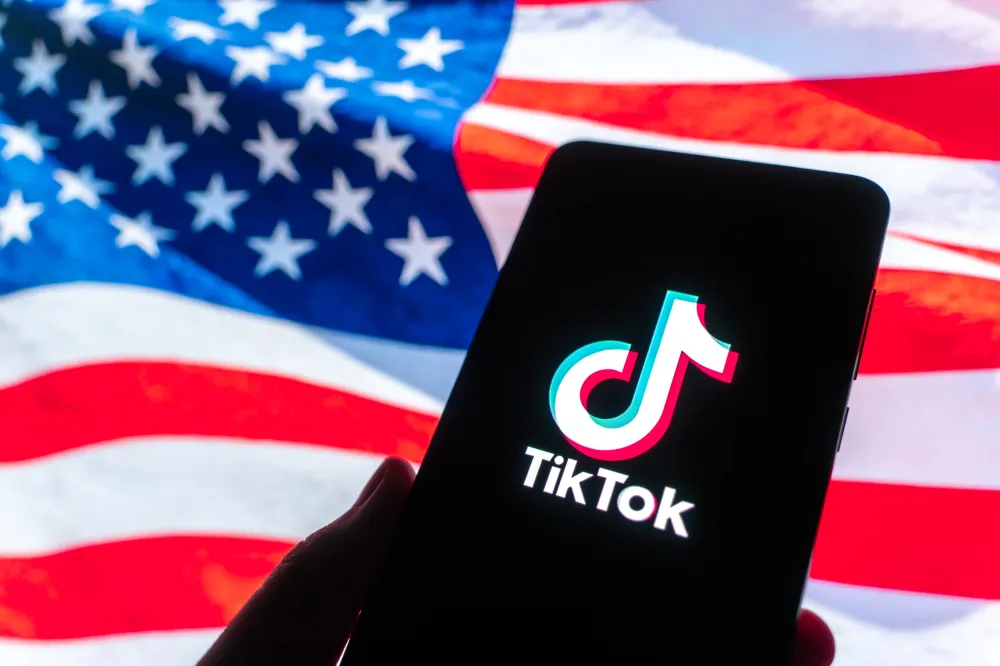


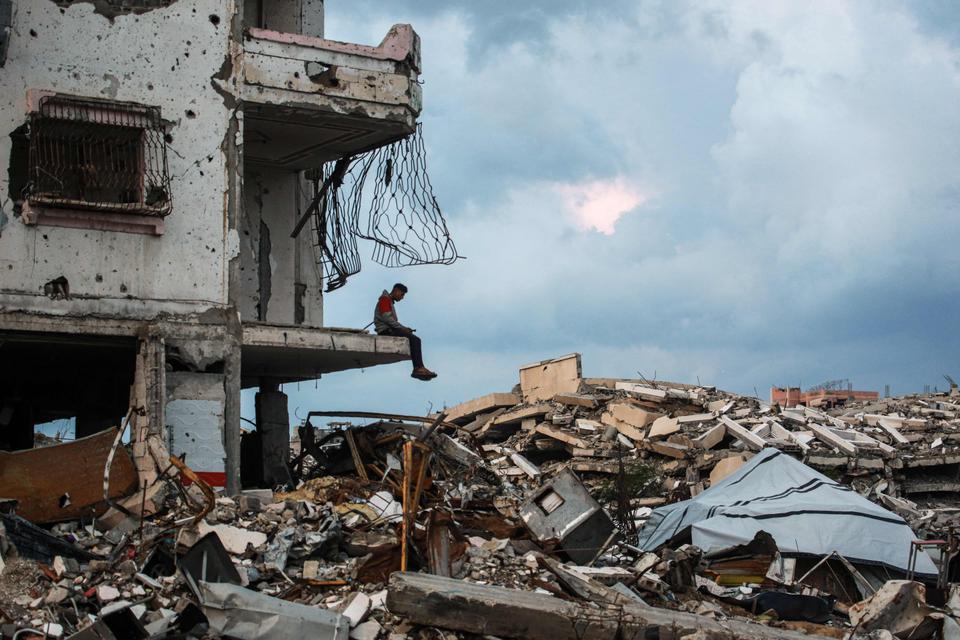
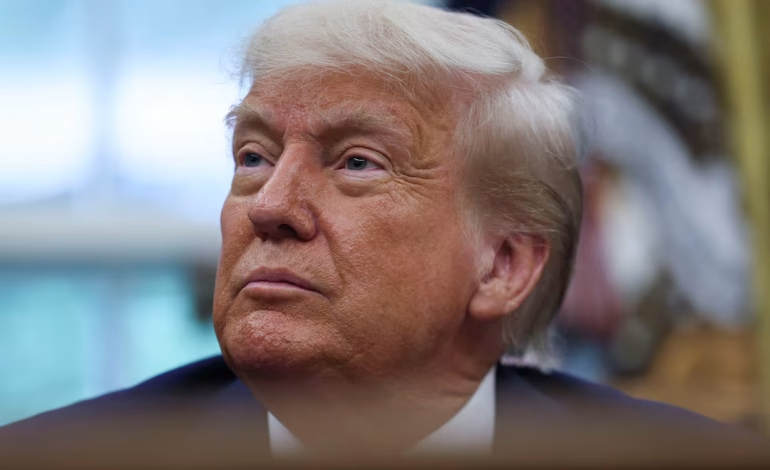


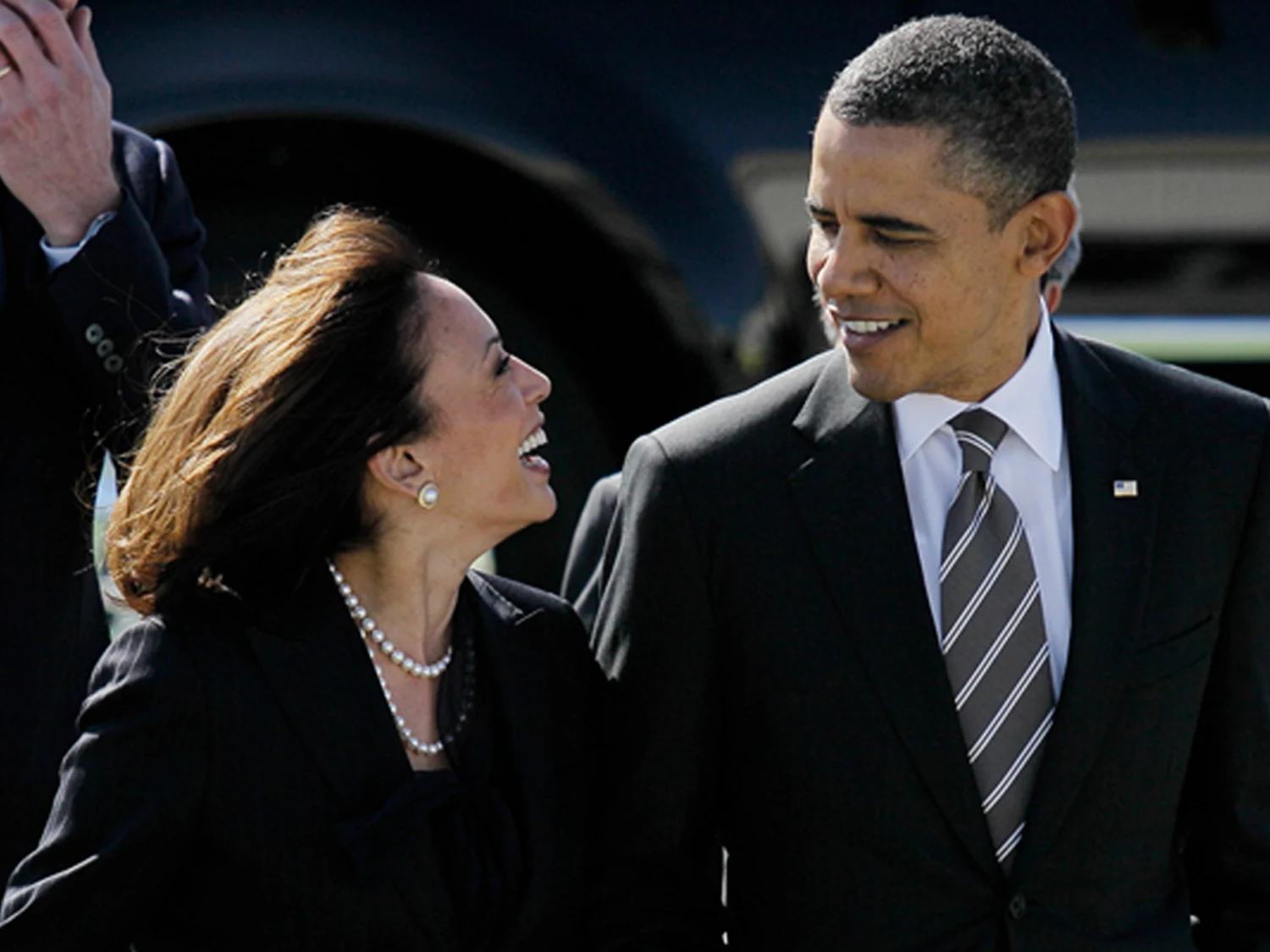
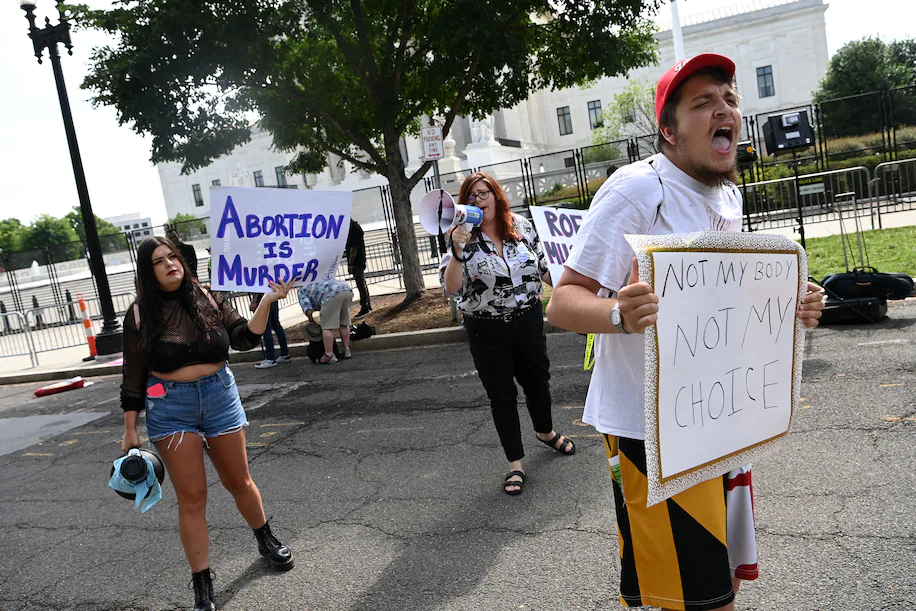
The latest news in your social feeds
Subscribe to our social media platforms to stay tuned